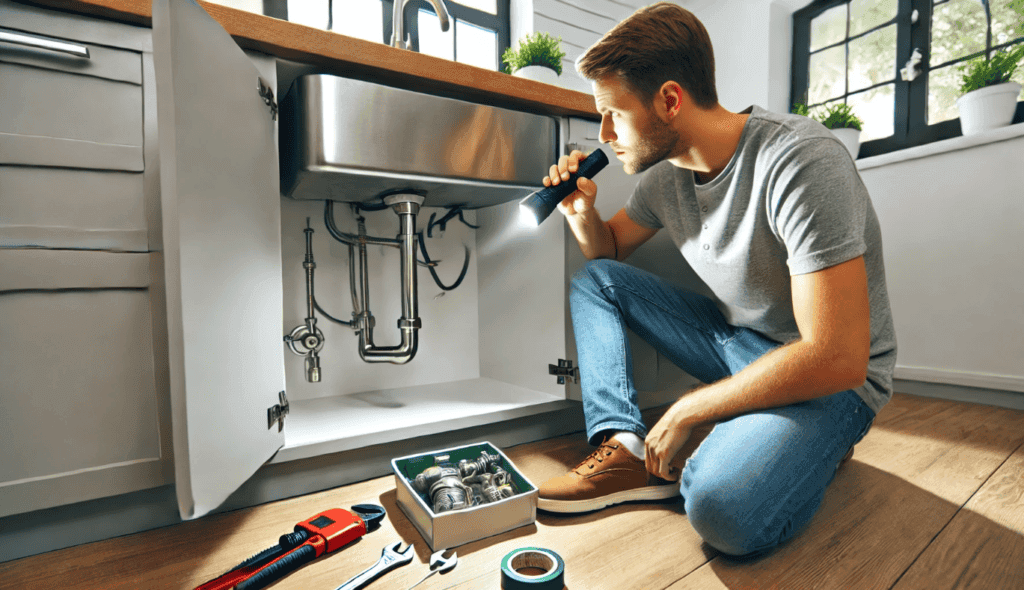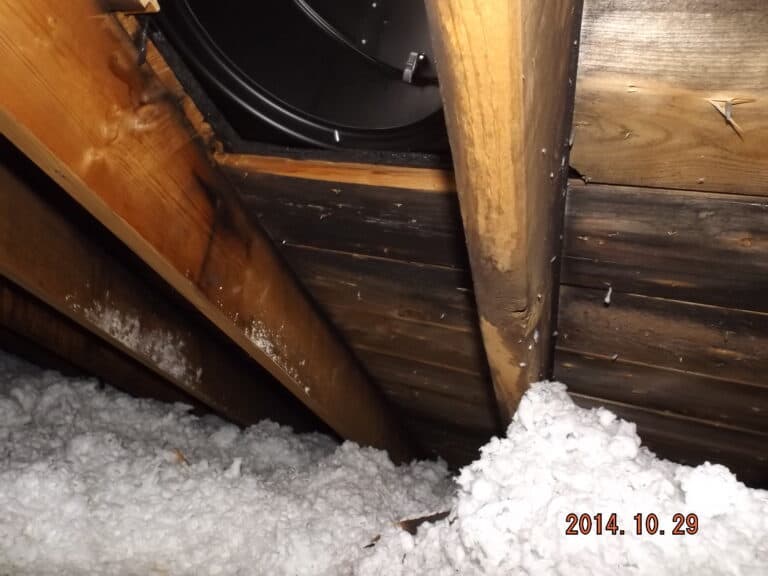
When buying a home, most buyers focus on the kitchen, bathrooms, and curb appeal—but what about the plumbing? A well-maintained plumbing system can prevent costly repairs and water damage down the road. Whether you’re purchasing a brand-new home or an older one, understanding regular plumbing maintenance is key to protecting your investment.
In this guide, I’ll walk you through the essentials of keeping your home’s plumbing in top shape.
1. Inspect for Leaks Regularly
Even small leaks can cause big problems over time. Water damage, mold growth, and high water bills are just a few of the issues that can arise from ignored leaks. Here’s how to check:
- Look under sinks for signs of moisture or water stains.
- Check around toilets for any water on the floor.
- Inspect ceilings and walls for discoloration or bubbling paint, which could indicate a hidden leak.
- Monitor your water meter—if it’s moving when no water is in use, you might have a leak.
If you discover a leak, address it immediately. A small repair now can save you thousands in future damage.
2. Keep Your Drains Clear
Clogged drains are one of the most common plumbing problems homeowners face. Preventative maintenance can keep your drains flowing freely:
- Use drain strainers in sinks and tubs to catch hair, food scraps, and debris.
- Never pour grease or oil down the drain—it hardens and causes blockages.
- Flush drains with hot water and baking soda monthly to break down buildup.
- Avoid chemical drain cleaners, which can damage pipes over time.
If you notice slow drainage, try a plunger or a drain snake before calling a plumber.
3. Maintain Your Water Heater
A well-maintained water heater lasts longer and runs more efficiently. Here’s what to do:
- Set the temperature to 120°F to prevent scalding and save energy.
- Drain and flush the tank annually to remove sediment buildup, which can reduce efficiency and cause damage.
- Check for rust or leaks around the base, as these could indicate a failing unit.
- Inspect the anode rod (a metal rod inside the tank that prevents rusting). If it’s heavily corroded, replace it.
Tankless water heaters need maintenance too—flush them with a descaling solution annually to prevent mineral buildup.
4. Prevent Frozen Pipes in Cold Weather
If you live in an area with freezing temperatures, frozen pipes can lead to bursts and expensive repairs. Take these steps to protect your plumbing in winter:
- Insulate exposed pipes in basements, crawl spaces, and attics.
- Let faucets drip during extreme cold to keep water moving.
- Open cabinet doors under sinks to allow warm air to circulate.
- Shut off outdoor water supplies and drain hoses before winter hits.
If a pipe does freeze, thaw it gently with a hairdryer—never use an open flame!
5. Check Your Water Pressure
Too much water pressure can stress pipes and fixtures, leading to leaks or bursts. The ideal range is 40–60 psi. You can test it with a water pressure gauge, available at hardware stores. If your pressure is too high, consider installing a pressure-reducing valve.
6. Know Where Your Shutoff Valves Are
In an emergency, knowing how to quickly shut off your water supply can prevent major damage. Every homeowner should locate:
- The main water shutoff valve (usually near the water meter or where the main line enters the house).
- Individual shutoff valves under sinks and toilets.
- The water heater shutoff valve.
Test these valves periodically to make sure they turn easily in case of an emergency.
7. Schedule Professional Inspections
While DIY maintenance goes a long way, professional inspections can catch problems early. A licensed plumber can:
- Check for hidden leaks.
- Inspect water heater components.
- Test water quality for contaminants.
- Assess your sewer line with a camera inspection (especially important in older homes with clay or cast-iron pipes).
A little regular maintenance today can save you from major headaches in the future.
Final Thoughts
Plumbing issues are often out of sight, out of mind—until they become major problems. By following these simple maintenance tips, you can keep your home’s plumbing system running smoothly for years to come.
If you’re buying a home, consider having a home inspector check the plumbing as part of your inspection process. A little knowledge and regular care can go a long way in avoiding costly repairs.
Ready to Schedule Your Edmonton Home Inspection?
Call Us or Book Online—we’re here to help you make a confident, informed decision.
Click here to learn more about home inspection issues in Edmonton, St. Albert, Spruce Grove, Leduc, Sherwood Park, Fort Saskatchewan and surrounding areas. If you’re buying, selling, or renovating, we’ll give you the clarity you need to protect your investment.
